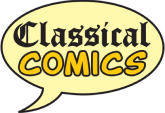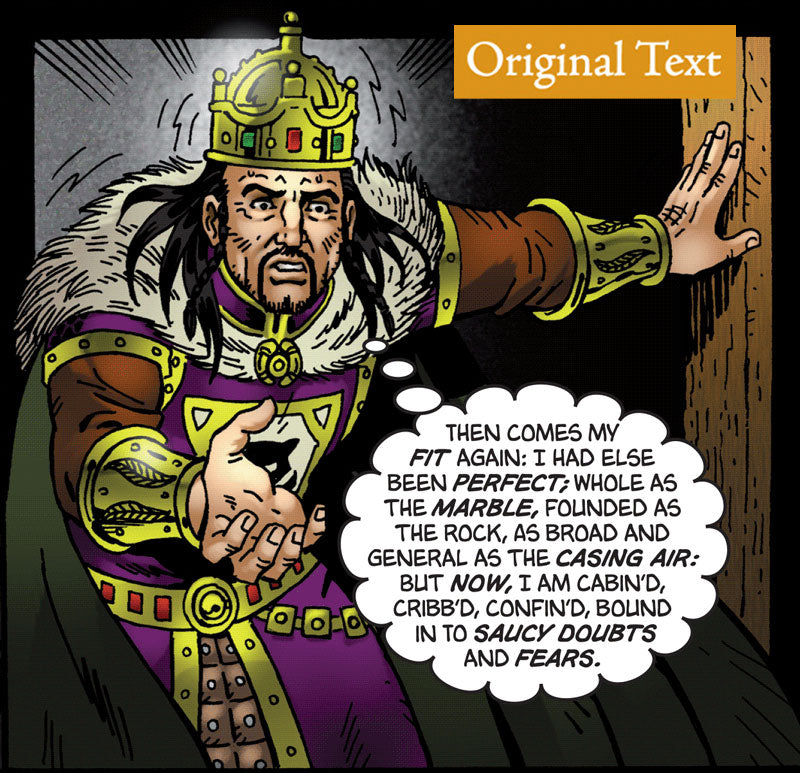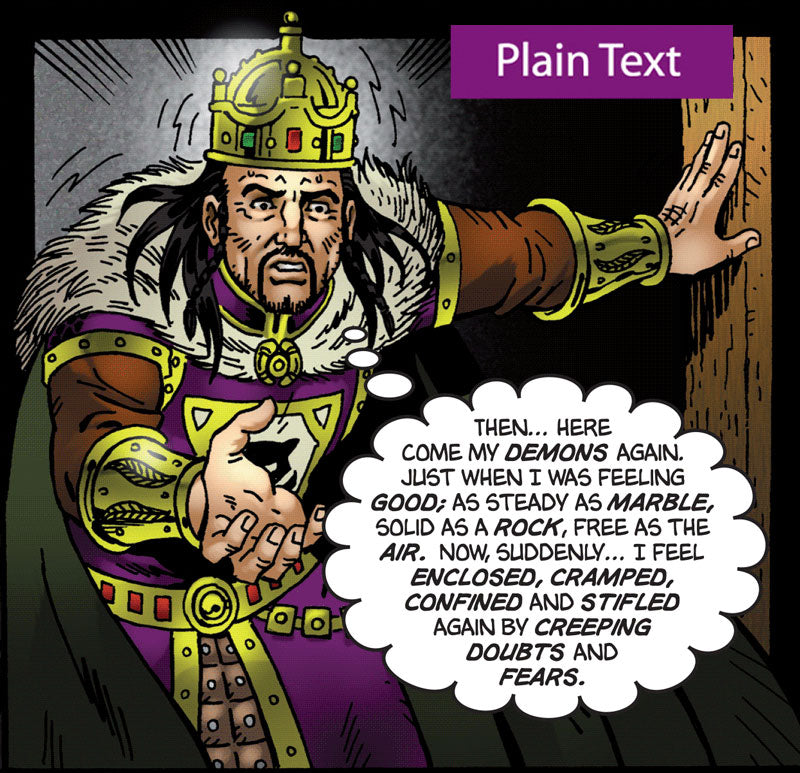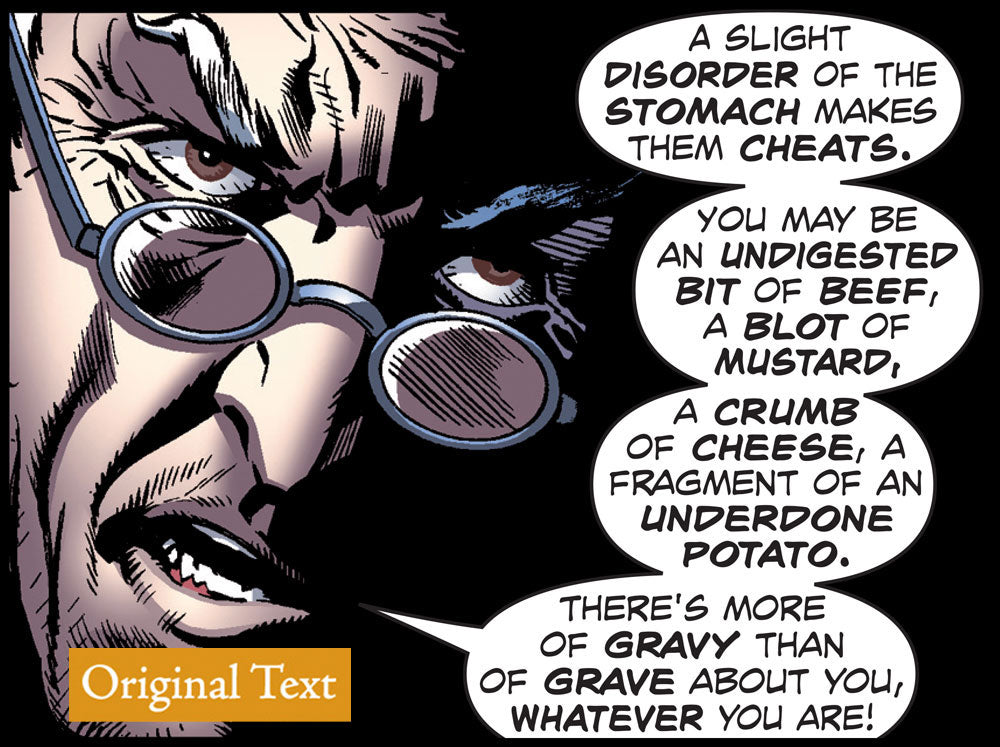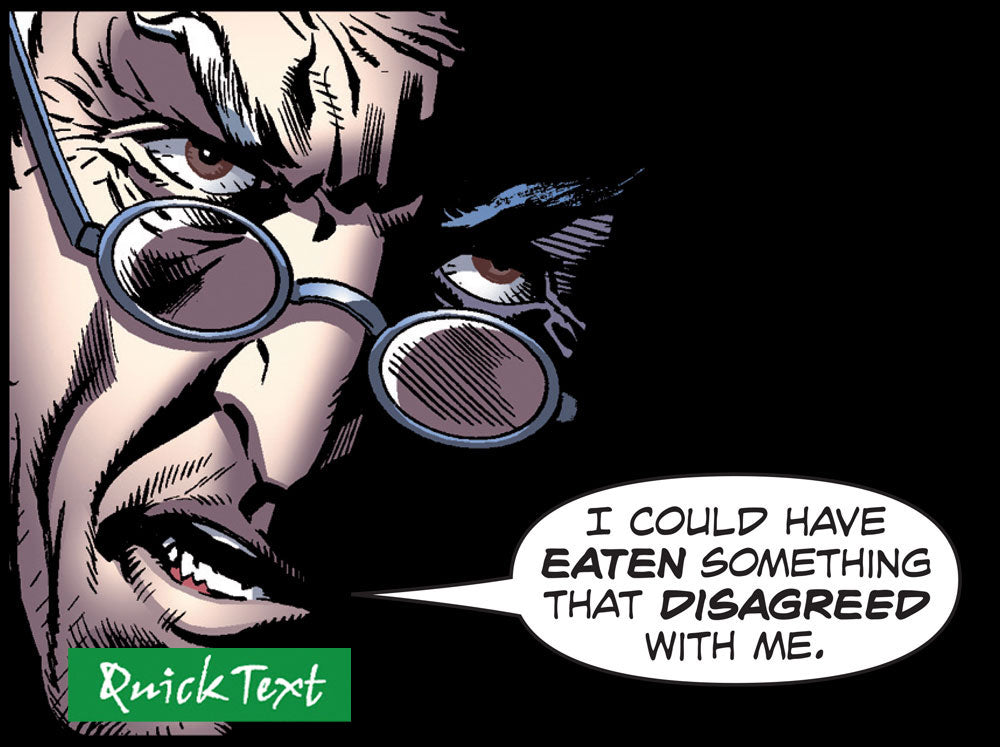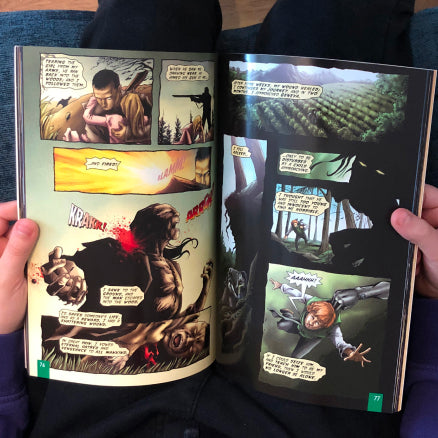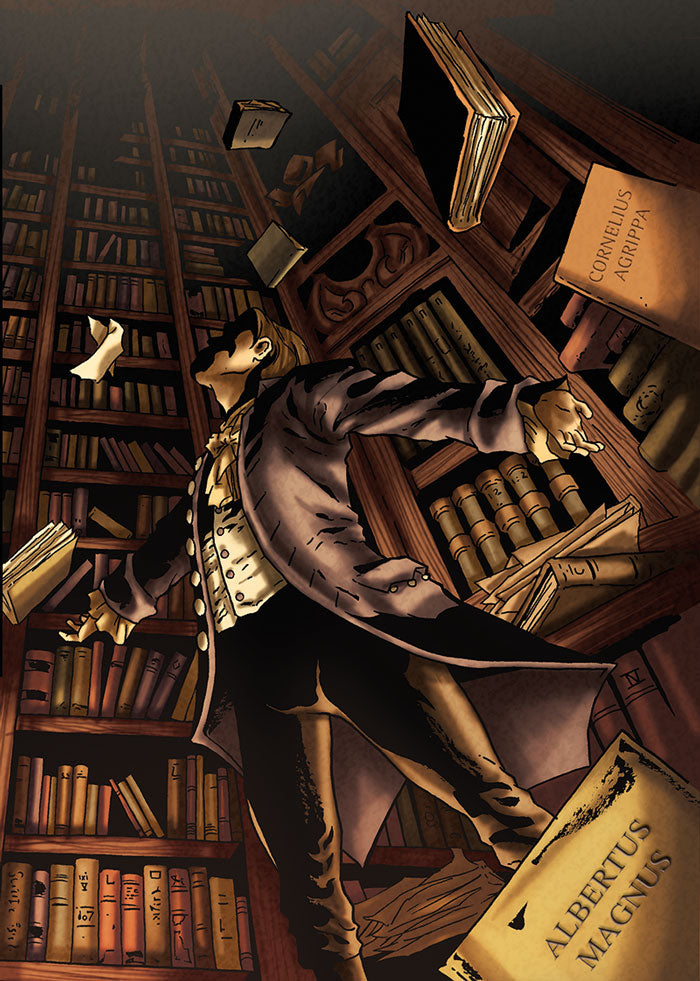Classic literature for all
Why do we offer different text versions and which text is right for you?
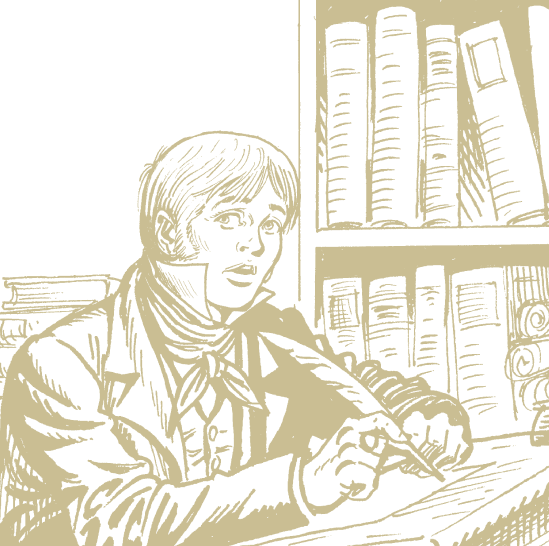
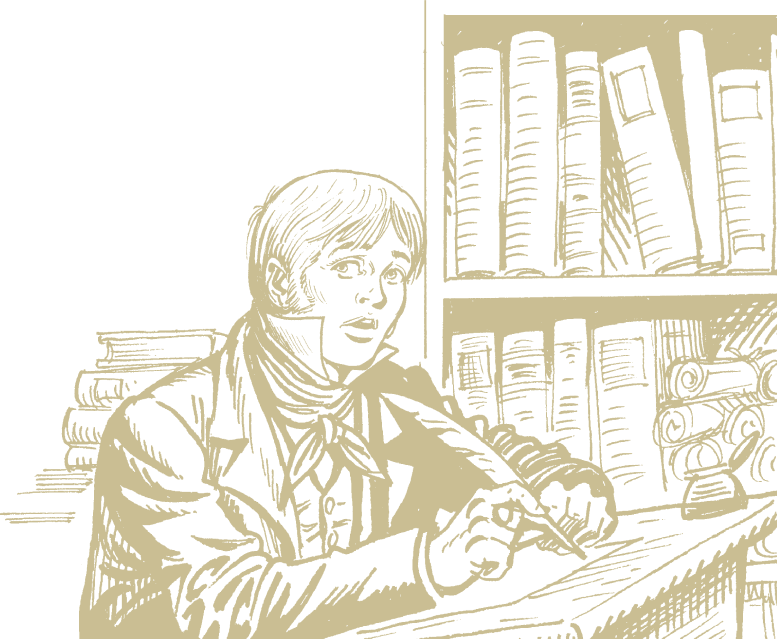
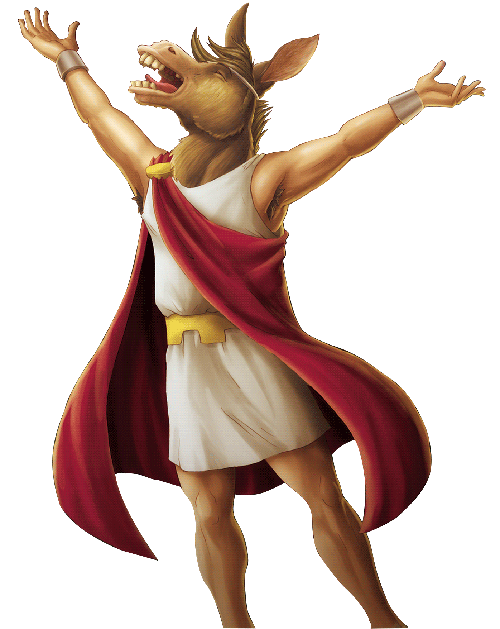

The benefits of multi-text versions
Making classical literature appealing to all starts with younger readers and in education.
Our range has multiple text versions of each title, broken down into "Shakespeare" or “The Classics" to provide a choice of access level for you or your students and to allow inclusive learning for classes of mixed abilities.
In order to be true to the Bard's works, our Shakespeare titles feature the entire script, unabridged, in the original setting. We call this "Original Text".
Our research revealed how the complex Shakespeare language can deter many readers, especially those coming to a play for the first time. To cater for that, we also publish a translation of the entire script in plain English that we call "Plain Text".
Then, we take this process a stage further to create our third reading level, "Quick Text”.
Quick Text features reduced and simplified dialogue for younger and reluctant readers. This version is also ideal for students where English is not the first language, and also for a quick introduction to the play for everyone.
CLASSIC FICTION
TWO TEXT VERSIONS
For our Classic Fiction titles we create two text versions.
The Original Text features the authors words, carefully selected to augment the strong artwork that covers much of the descriptive prose. The language of the Original Text doesn’t require modernisation for our Classic Fiction titles, so a Plain Text version is not needed.
Alongside Original Text, we create a Quick Text version with reduced and simplified text and dialogue for a faster read or as a quick introduction to the story.
To overcome a reluctance to reading, we also limit the page count of our graphic novels to between 120-180 pages. (Long enough to offer a satisfying read, but not too long to discourage the reader). Some minor abridgement is required for this depending on the length of the story.
Our multi-text graphic novels can also help with
